Regulatory Standards
Regulatory standards and building codes significantly impact the Gypsum Drywall Market. Governments worldwide are implementing stricter regulations regarding fire safety, energy efficiency, and indoor air quality. These regulations often mandate the use of specific materials, including gypsum drywall, which meets safety and environmental standards. Compliance with these regulations not only ensures safety but also enhances the marketability of construction projects. As a result, manufacturers are increasingly focusing on producing drywall that adheres to these standards, which may lead to a 15% increase in demand for compliant products over the next few years. This trend underscores the importance of regulatory frameworks in shaping the Gypsum Drywall Market.
Technological Innovations
Technological advancements play a crucial role in shaping the Gypsum Drywall Market. Innovations in manufacturing processes, such as automation and improved production techniques, enhance efficiency and reduce costs. For instance, the integration of smart technologies allows for better quality control and faster production times. Additionally, the development of lightweight and fire-resistant drywall products has expanded the application range, making them suitable for various construction projects. The market is expected to witness a compound annual growth rate of approximately 6% over the next five years, driven by these technological improvements. As a result, the Gypsum Drywall Market is likely to experience increased competitiveness and product diversity.
Sustainability Initiatives
The Gypsum Drywall Market is increasingly influenced by sustainability initiatives. As environmental concerns rise, manufacturers are adopting eco-friendly practices, such as using recycled materials in production. This shift not only reduces waste but also appeals to environmentally conscious consumers. In recent years, the demand for sustainable building materials has surged, with a notable increase in the use of gypsum drywall that meets green building standards. The market is projected to grow as more construction projects prioritize sustainability, potentially leading to a 10% increase in market share for eco-friendly products by 2026. This trend indicates a significant transformation in consumer preferences, pushing the Gypsum Drywall Market towards greener alternatives.
Rising Construction Activities
The Gypsum Drywall Market is significantly driven by the rise in construction activities across various sectors. Urbanization and population growth have led to an increased demand for residential and commercial buildings. In recent years, construction spending has seen a steady increase, with estimates suggesting a growth rate of around 5% annually. This surge in construction projects directly correlates with the demand for gypsum drywall, which is favored for its cost-effectiveness and ease of installation. As infrastructure development continues to expand, the Gypsum Drywall Market is poised for substantial growth, potentially reaching a market value of $20 billion by 2027.
Customization and Design Trends
Customization and design trends are emerging as key drivers in the Gypsum Drywall Market. As consumers seek unique and personalized spaces, the demand for customizable drywall solutions is on the rise. This trend is particularly evident in residential renovations and commercial interior design, where aesthetics play a crucial role. Manufacturers are responding by offering a variety of textures, colors, and finishes, allowing for greater design flexibility. The market for customized drywall solutions is expected to grow by approximately 8% annually, reflecting the increasing consumer preference for tailored products. This shift indicates a dynamic evolution within the Gypsum Drywall Market, where personalization becomes a competitive advantage.


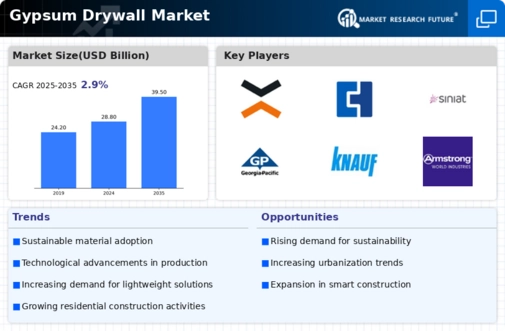
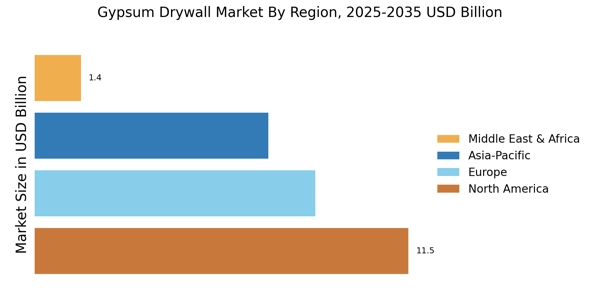
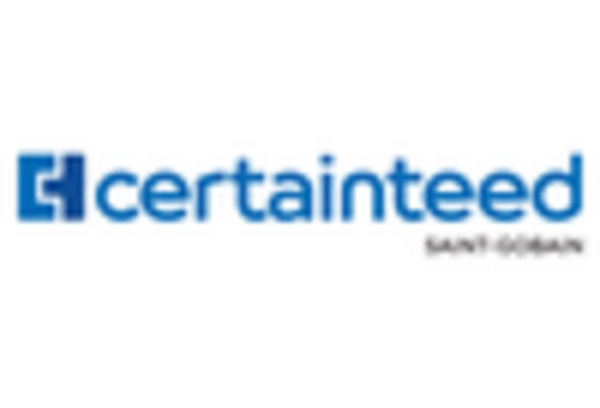
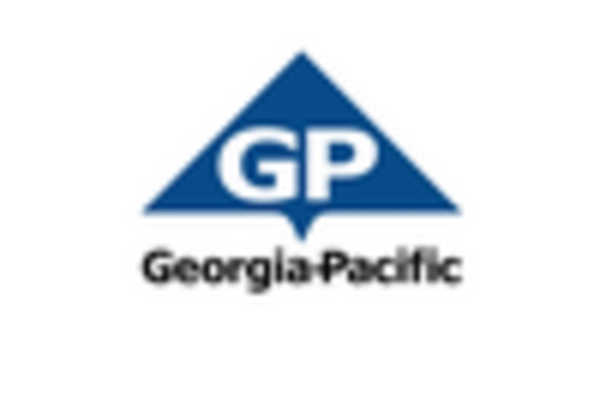

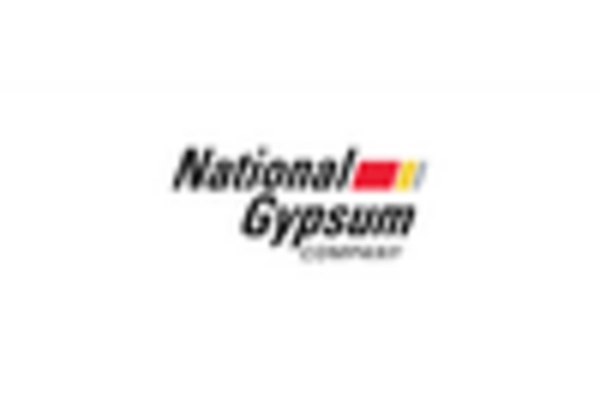










Leave a Comment